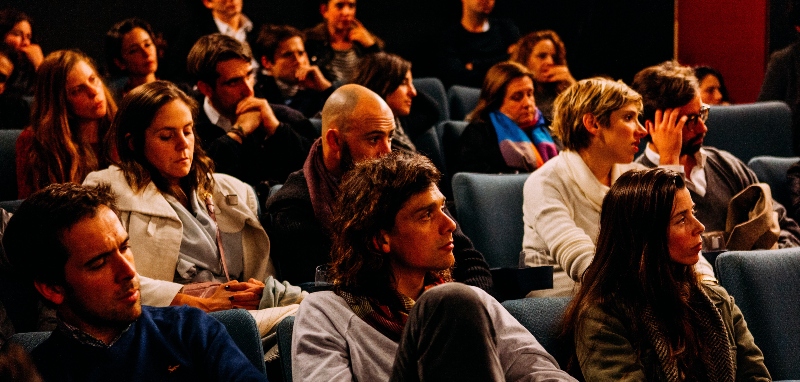
This Week’s Insights: Focused on building a better audience… When the buzz drowns out the show… New York’s Culture Pass is a hit… Rethinking the audience for city hall… How to fix Rotten Tomatoes.
- Build A Better Audience? We talk all the time about making better art, better productions, better audience experiences. But what about the quality of the audience itself? A smarter audience, one that is familiar with what they’re about to experience, can deepen those experiences both for themselves and for the performers. St. Louis Public Radio decided they needed to educate its audiences in the art of journalism and how gathering the news works. So they set up a mini journalism school for listeners. Roughly 100 people, most of them St. Louis Public Radio members and supporters, paid $120 to attend. They visited St. Louis Public Radio’s community room in the city’s downtown Grand Center neighborhood to participate in evening sessions hosted by journalists from outlets across the region. The aim was not to create new journalists, but to explore what it takes to do journalism. Participants will surely listen with a different ear.
- When The Buzz About A Show Drowns Everything Else Out: For highly anticipated movies, the pre-buzz online can get so loud, that the project is already judged before it even opens. It’s a snap judgment of culture that mirrors the polarization of our political discourse. “Today, the forces of entertainment marketing, social media and grievance culture are increasingly colliding, with the casualty being the movies themselves. Why wait to actually see “The Irishman,” Martin Scorsese’s long-gestating project about Jimmy Hoffa and the mob, when you can start fact-checking it months before it opens?”
- NYC’s Culture Pass Is A Hit: Some 70,000 public library members signed up for the passes in its first year. Cardholders at the Brooklyn, New York and Queens public libraries can gain free admission through the program at participating cultural institutions that include museums, performance venues, botanical gardens and historical societies. Patrons reserve free passes for their institution of choice on the Culture Pass website and can bring up to three guests.
- City Hall As An Experience: Traditionally, city hall is the place where democracy is transacted. Citizens come when they have business with the government. But city halls can be foreboding, intimidating, remote. Now a “group of designers, architects, and city planners are rejecting that vision (of the old citadel of democracy) and replacing it with something more human and playful. To their mind, city hall is a space for citizens to act out democracy alongside their elected officials—and perhaps grab a coffee. Make government business part of the everyday landscape and more a part of the community. Performing arts facilities could take notice of the idea.
- The Tomatotometer Under Fire: The movie review aggregation site has become enormously influential, providing an overview of critical and audience opinion about movies. But it’s only as good as the critics it aggregates. So are the critics representative of the real movie audience? Assuredly not. So there’s a problem. How to fix it?
Leave a Reply